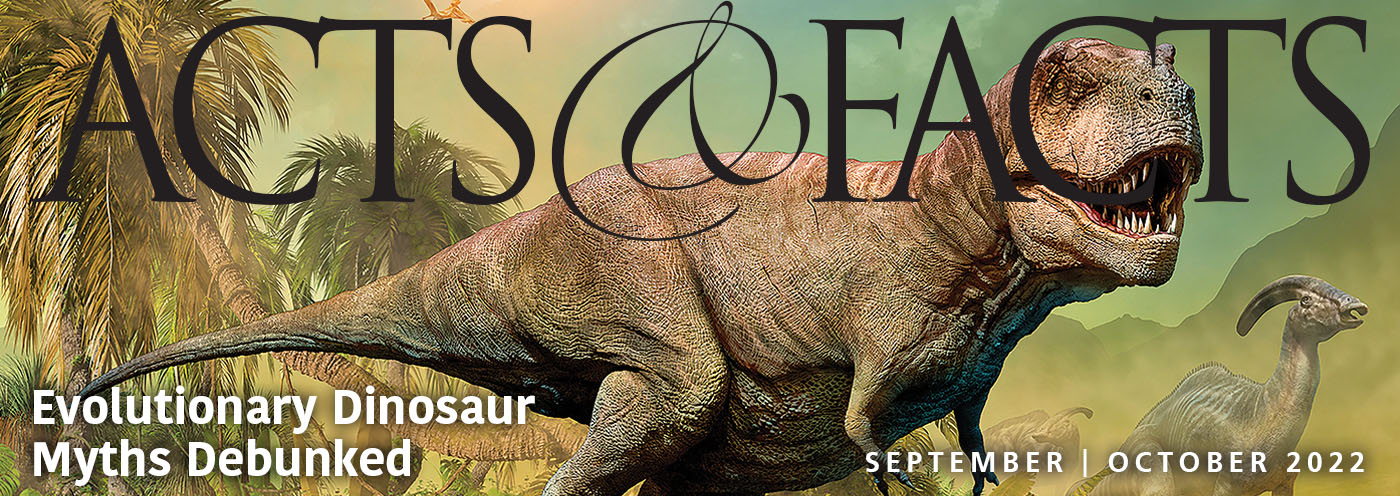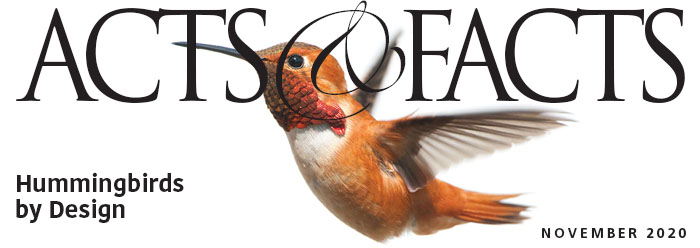Venus flytraps are carnivorous plants. They have delicate, yet precisely engineered, trigger-activated leaves that can snap shut on insects in less than one third of a second. Their origin has baffled evolutionary botanists. If their exquisite and unique trap doors evolved, then what did they evolve from, and how?
In a study appearing in the New Phytologist, scientists reconstructed scenarios whereby “snap-trap” plants like the Venus flytrap and the waterwheel could have evolved from insectivorous plants with sticky traps. They identified several key innovations that distinguish the flytrap from the sticky-trap plants, which “include tentacles being modified into trigger hairs and marginal 'teeth', the loss of sticky tentacles, depressed digestive glands, and rapid leaf movement.”1
But much more than this is required for the plant’s unique feeding mechanism. The flytrap doors must move in a particular direction (toward each other) and be shaped as mirror images so that their margins can seal around the digesting prey. The doors’ rapid closure is accomplished by the combination of precisely balanced three-dimensional structure with millions of tiny calcium ion pumps that help set the trap. The margins of the doors also have interlocking cilia that are the right length and strength to imprison the ensnared victim.
To reset the trap, the doors are slowly opened in a metabolically demanding procedure, thus it is important that they close only on edible material. Flytraps have very sensitive detectors positioned exactly where they need to be—near the base of the leafy doors. These distinguish flies from falling forest fragments and communicate with the trigger. Venus flytraps’ digestive glands manufacture a cocktail of proteins specialized for multi-tactic nutrient harvesting. In the end, only the insect’s empty exoskeleton is left.
These features demonstrate that the Venus flytrap is irreducibly complex, which is to say that if one part is removed, the whole system is rendered useless. For example, if snap-trap plants could not discern insects from inedible items, random debris would trigger the doors but provide no nutrients. The plant can only reload three or four times before it must reap some benefits from its labor.2
Thus, all of the specifications for each part of the trap must be in place at the same time, all at once, for any of it to work. It seems therefore that they could not possibly have accrued by gradual Darwinian additions. Rather, the specificity of the flytrap’s features requires the whole mechanism to have been engineered by a clever genius.
But the researchers proposed that the plant developed its extraordinary features through natural selection, motivated by a kind of evolutionary avarice—because “capturing big prey provides big rewards.”3 Supposedly, the lure of larger insects compelled flytraps to build themselves. If the “need to hunt and eat even larger animals drove the plants’ evolution,” then why are there not Venus elephant-traps?
Mere selective pressure does not guarantee biological change, let alone the specified suite of changes required to have built a snap-trap from a sticky-trap plant. A source of information is also needed, and in the case of Venus flytraps, that information must specify snap-trap construction blueprints. But information like that comes exclusively from intelligent sources, not from the senseless forces of nature alone.
The study’s authors presented an elaborate and completely imaginary step-by-step process for snap-traps to have gradually evolved the specific features needed for their unique feeding system. But what is portrayed as scientific research in this case is just evolutionary fantasy. They failed to give any scientific or other reason to doubt the most straightforward origins explanation—that someone very clever, not the mindless laws of nature, created Venus flytraps.
References
- Gibson, T. C. and D. M. Waller. 2009. Evolving Darwin’s ‘most wonderful’ plant: ecological steps to a snap-trap. New Phytologist. 183 (3): 575.
- The number varies and depends on the rate of triggering.
- Walker, M. Venus flytrap origins uncovered. BBC News. Posted on news.bbc.co.uk/ July 20, 2009, accessed July 30, 2009.
* Mr. Thomas is Science Writer at the Institute for Creation Research.
Article posted August 14, 2009.















